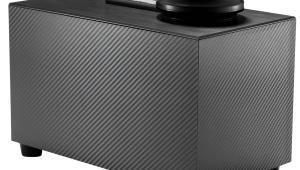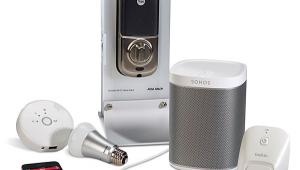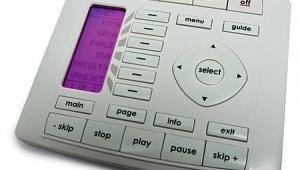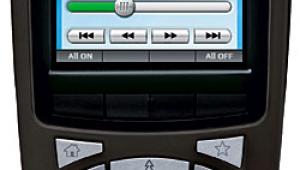APC S15 Battery Backup Power Conditioner Manufacturer's Response
Manufacturer's Response
Regarding the issue of the unit operating on battery when the input voltage was reported at 103V, the unit will transfer to battery for reasons other than low or high input RMS voltages. AC waveform distortion and other sub-cycle disturbances can also cause the unit to switch to battery power to maintain clean and stable power to the connected equipment. This distortion of the waveshape can be caused by other loads on the circuit particularly large motor loads (dishwashers, power tools, air-conditioning, furnaces, washing machines etc.). Another possible explanation may be what is termed "hysteresis". Most battery backups are designed to go to battery at one particular voltage level and return to on line status at a different (in this case, a higher) voltage level. The S Type is designed to wait for the line to stabilize before switching off battery. If this was not part of the design, the unit would very likely switch back and forth to and from battery over and over as the input voltage level fluctuated within a few volts.
As for the S15 outputting a "high" voltage level of 124V, creative marketing in the AV power protection industry has created a false need for regulating voltage levels to a perfect 120V. In reality, there is no 120V standard– instead a '120V product' is a term used to classify the service voltage of electronic equipment. The NEC has specific guidelines regarding 'normal' voltage ranges for North America. This range is 107V – 127V RMS. Different U.S. utilities will even classify their nominal voltage at different levels from each other: 115V, 117V, and 120V. The S Type will not output voltage outside of this range – and in fact holds it to within +/- a few percent of 120VAC. Operating at 124V is just like operating at 115V – if the equipment is designed to operate in North America, 124VAC is the same as 115VAC.
Michael Schenck
APC





























































